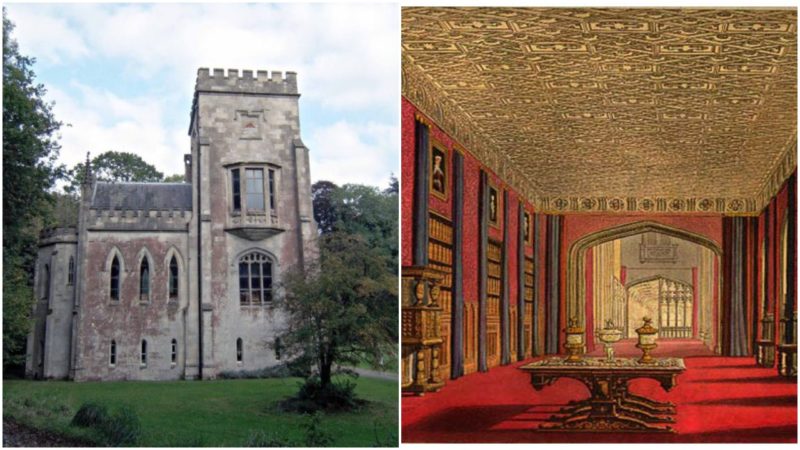Beckford’s Folly, also known as Fonthill Abbey, is an enormous country house built in the Gothic revival style. Construction lasted a number of years: beginning in 1796 and ending in 1813.
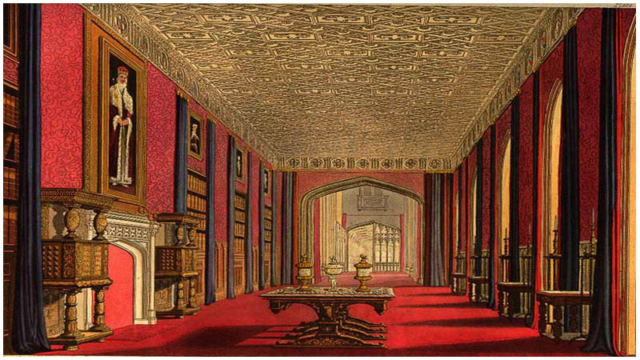
The site was located in the village of Fonthill Gifford, in the county of Wiltshire, England. The idea for the build came from William Thomas Beckford: an English novelist and art collector, and son of the politician and slave owner William Beckford.
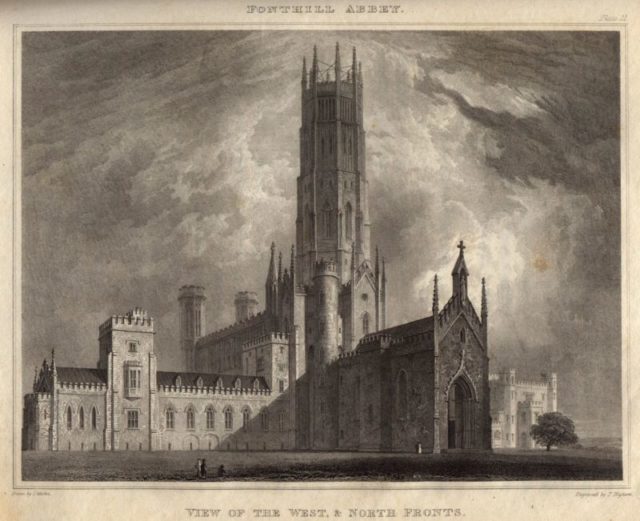
William Thomas Beckford shared his idea with Scottish-Swedish architect Sir William Chambers, and also with James Wyatt, another famous architect of English origin; the three of them worked together on the project.
In 1771, when Beckford was a mere ten-year-old boy, he inherited the colossal sum of £1 million – more than £83 million ($112 million) in today’s money. Furthermore, according to his biographers, he was to receive an additional £50,000 ($67,000) each year.
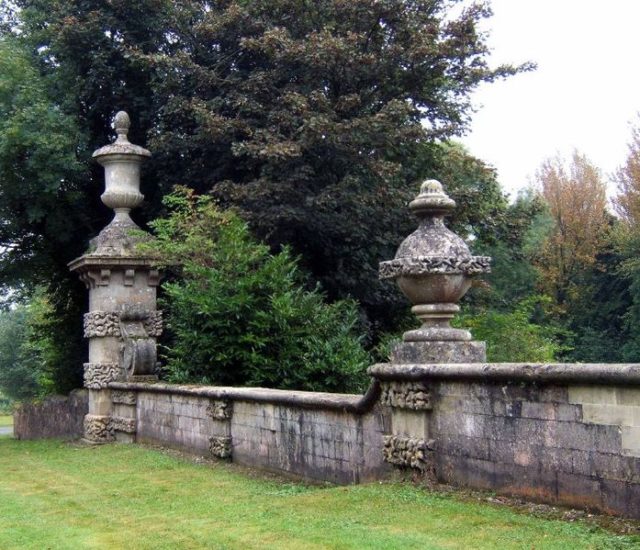
Seven years later, Beckford met with William Courtenay, 9th Earl of Devon, at a Christmas party that lasted for three days. Courtenay was at the time 11 years old. Around 1782, Beckford started to work on his novel Vathek.
From this point on, life took him through many peaks and valleys. In 1874, allegations were made that he was engaged in a love affair with William Courtenay. The claims were made by his uncle and, as a result, Beckford packed up and left England, together with his wife.
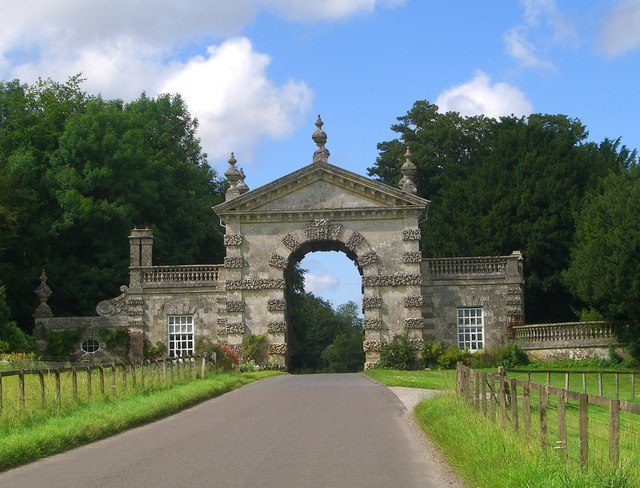
His wife, Lady Margaret Gordon, died in childbirth in Switzerland. After her death, William traveled extensively – mostly to France and Germany, but also to Portugal and Spain – before deciding to go back to his home country. His first action after settling at Fonthill was to encircle his estate with a six-mile-long wall.
Behind the wall, he decided to erect his home, which was to be as grand as a Gothic cathedral. Beckford made a contact with James Wyatt and construction began on his dream house.
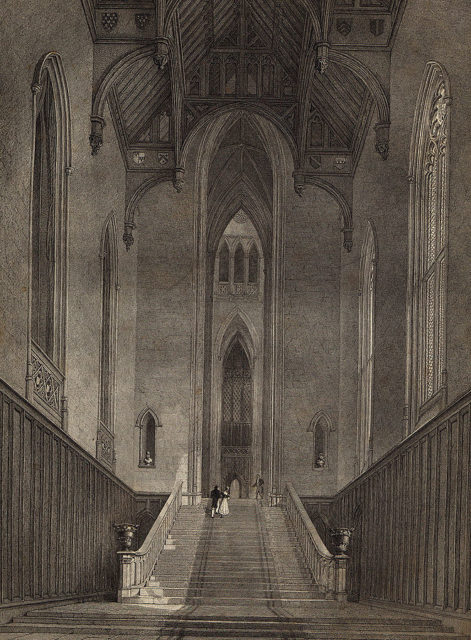
Wyatt was a man with a wild nature and enjoyed the company of both women and alcohol. His clients often accused him of postponing deadlines but Beckford hired him nonetheless.
According to Beckford’s biographers, Wyatt continued his habit of drinking and was constantly absent from the construction site. With no other choice, Beckford himself guided the workers, supervised construction, and participated in the design of the landscape.
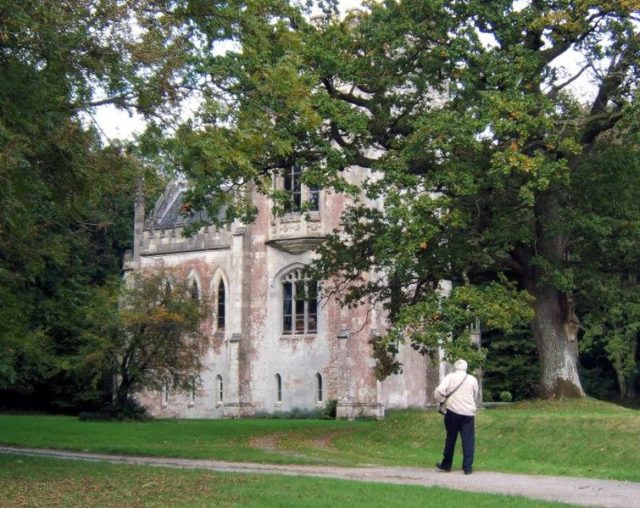
Despite his absence, Wyatt is still considered to be the mastermind of the project as it was he who planned the harmonious combination of multiple architectural styles.
Once completed, Beckford enjoyed the beauty of his building all alone. He only used one of the many bedrooms and always ate alone, even though enough food was prepared for 12 people every single day.
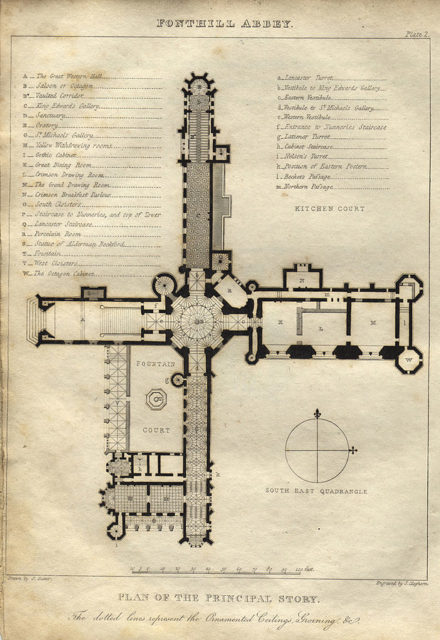
Only once did he entertain guests, when Dame Emma Hamilton and Horatio Nelson came for Christmas at the start of the 19th century. When Beckford lost his sugar plantations, he struggled with the costs of maintaining the mansion and had to sell his estate.
“In all, at least 7,200 people paid a guinea each for a catalogue that gave admission to the abbey. It was the Disneyland of its day, Cinderella’s castle writ uncannily large,” writes The Independent.
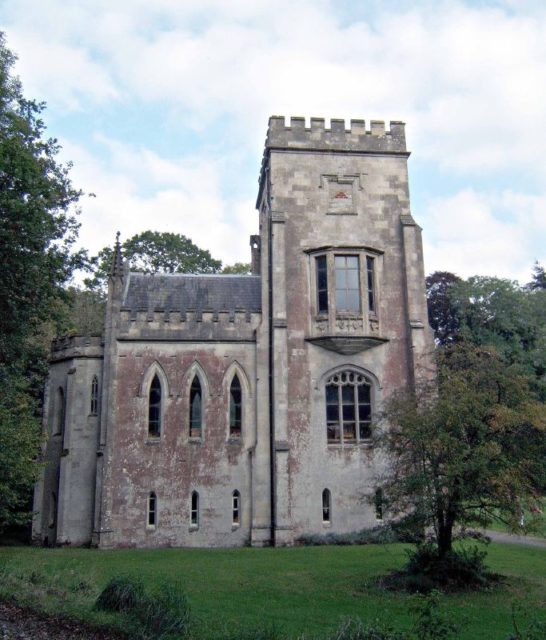
For a price of £330,000, ($406,000) the well-known gunpowder dealer John Farquhar became the new owner. The house was used until 1845 when all but a small part of it was demolished.
The only part to escape destruction was a piece of the north wing that still stands today as a reminder of Beckford’s loneliness. He died in 1844 in the city of Bath, aged 83.
